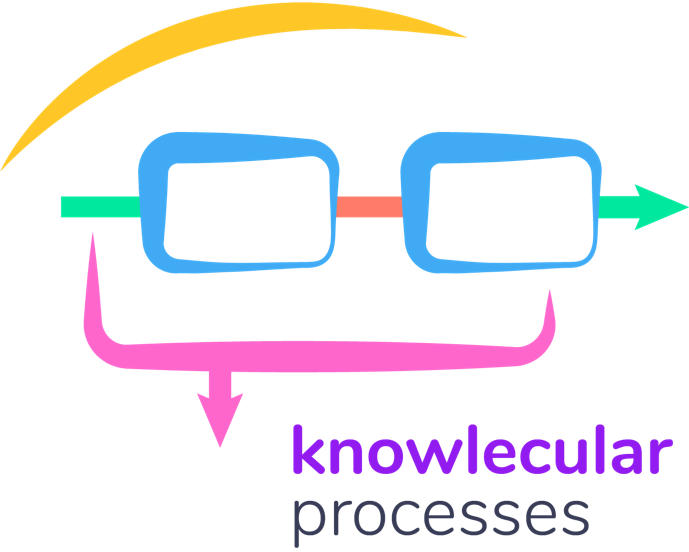7 parts of an innovation machine.
“7 parts of an innovation machine”
Darrell Velegol, PhD
2024mar23
For decades I have used mnemonics not only to remember a list, but also to choose words that would put the list into a process order. For innovation here is my mnemonic: STREAMS = Service + Team + Risks + Ends + Action + Monitoring + Selection. It takes a bit of work, but if you’ll assemble the STREAMS below into a type of factory, you can produce a steady flow of innovation launches that will serve your customers and distinguish your company. Don’t rely on luck or gut feel or heroic efforts; instead, build an “innovation factory” that works time after time.
S-Service. “Business exists for service,” Henry Ford said. How will you add value for your customer? As I’ve mentioned previously, think not just in terms of a “product” or a “service”, but more broadly in terms of an “offering”, which includes the “Jobs to be Done” by the offering, the cost, the ease of purchase or transaction, the maintenance, the timing (eg delivery time, duration of the offering), the packaging (eg for aesthetics, safety, easy of use), and more. Your hypothesis about what your customer wants is your current “Future Voice of the Customer” (FVoC). Generating ideas to meet the FVoC requires creativity. I often find that companies want to skip past hypothesizing their current FVoC, and jump straight to their conception of their product.
T-Team. Who will be part of your “Integrated Innovation Team” (IIT)? R&D, marketing, manufacturing, leadership, legal, regulatory-toxicology-safety, sustainability, supply chain? Include your IIT from the beginning as you focus on the FVoC. What attributes do you want them to have? How will you care for them and grow them individually and collectively? I often find that companies avoid the hard work of pulling together an effective team, and the first person with the idea and maybe a couple friends jump forward. For simple offerings this might work, but for more complex offerings, you’ll probably run into trouble.
R-Risks. You have some ideas for Service. Now you need to assess “What are the risks associated with our current FVoC vision?” This is from all functions on your Team. But rather than firing these out like arrows, frame the risks as questions, which can be written in a non-threatening, non-personal way. What plots will you need? And also, what hypotheses (educated guesses) do you have about your answers? Framing questions and generating hypotheses is one of the hardest parts of innovation. We can ask simple questions, but framing the question in a way that can be plotted or put into a table (with defined axes) is a harder challenge, and I’ve spent 1000s of hours working with students and professionals on this. It’s hard work.
E-Ends. What are your goals? Where are you starting from (X)? Where do you hope to finish (Y)? And how many days will it take (T)? Goal setting is sometimes thought of as “the old way”, but it’s tried and true, and with so many things to do these days, goal setting is more important than ever? What will the End look like for you? What prototypes do you anticipate creating along the way? One challenge I see is that each function of the company wants to set their own goals. But it’s much more effective for the full IIT to “pull” their asks from the other functions (eg R&D doesn’t determine their own goals, but are pulled by leadership, marketing, manufacturing, legal, regulatory, etc). It can sound counterintuitive, but it works.
A-Action. How will you meet and adjust week by week and even daily? Your whole IIT needs to be on the same page, knowing what are other functions expecting from us (ie our goals), what are we delivering this week, and what help do we need from other functions? This should be packaged with a bow on it at the weekly meetings.
M-Monitoring. How will you track your team health, your budget, your calendar and deadlines? What measurements do you need to make to make sure that things are “working”? Many companies don’t make the effort to define these, because they don’t want to “waste a day defining metrics, when we could be getting down to real work.” Set your metrics so that everyone on the Team knows when you’re winning and losing.
S-Selection. How do you make choices on your Team? Does the loudest voice or biggest title win the day? There is a rigorous approach (the Kelly Criterion) that allows Teams to make choices based on the payback and probability of various choices. It takes some work, but saves huge resources. And that’s part of your work: Generating as much value for your customer, with as few resources as you can. We call that “profit”, which can be monetized.
